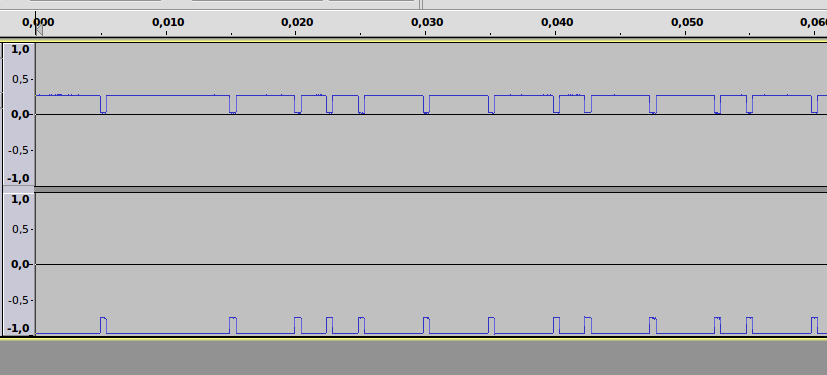These two photos are my favorites (check the blog for other photos). There you can clearly see the strong metal structure. When they say it is designed to "...sustain way more punishment than you can possibly cause without hurting yourself", they really mean it. There is no plastic in the structure, just strong sturdy metal.
I really think that the guys from FABtotum started the Indiegogo campaign already with a very solid design and tons of already tested and well executed ideas.
This can be felt from the fast reactions to goals and resolutive behavior when deciding to add a new feature.
They did their homework very well . They tested several known technical solutions, evaluating the key advantages and disadvantages and further developing them to improve the performance. One example of this is the belt design. Though the real system has not been disclosed yet, alpha versions featured close belt designs similar to CoreXY, but requiring less belt and less pulleys thus reducing stretching and torque lost due to friction and bending of the belt, as commented in the Indiegogo campaign.
While some integration might still be needed, I really can not wait to see what they have prepared for us in their further stretching goals... well they are already over $110000, so less than $25000 to go.





